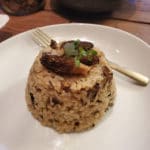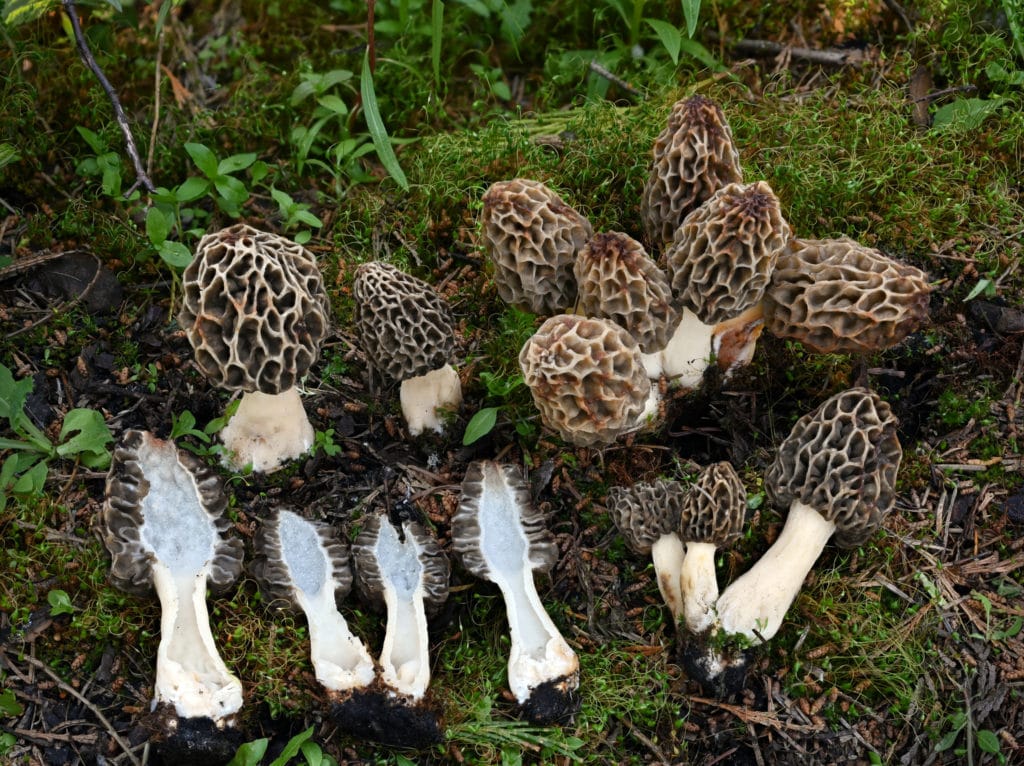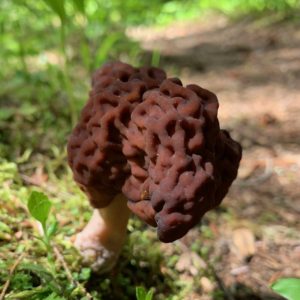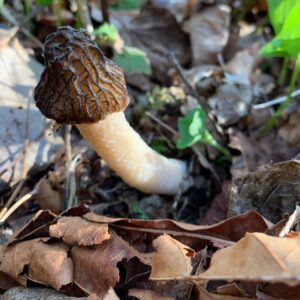2024 Burn Morel Map
Morel Season in Oregon and Washington
When do morels fruit in Oregon and Washington?
Morels fruit in spring, starting in southern regions and at lower elevations. As temperatures rise, fruiting progresses northward and to higher elevations. Below is a chart illustrating when morels are typically found in various Pacific Northwest (PNW) regions:

Morel Recipes
Key Morel Features
Honeycomb Pockets
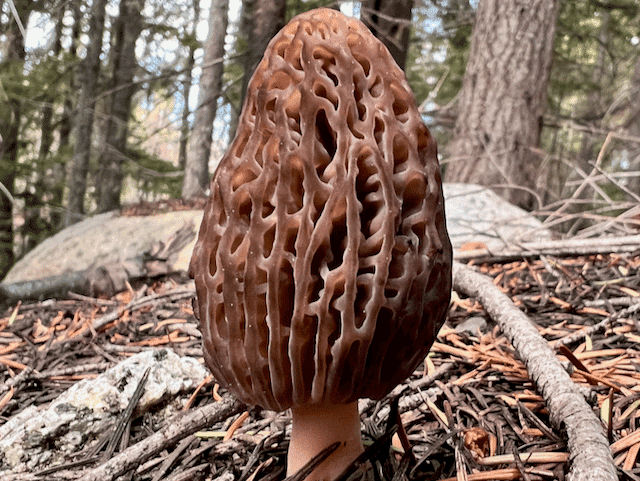

Cap Fused to Stem
(c) Alan Rockefeller
Hollow
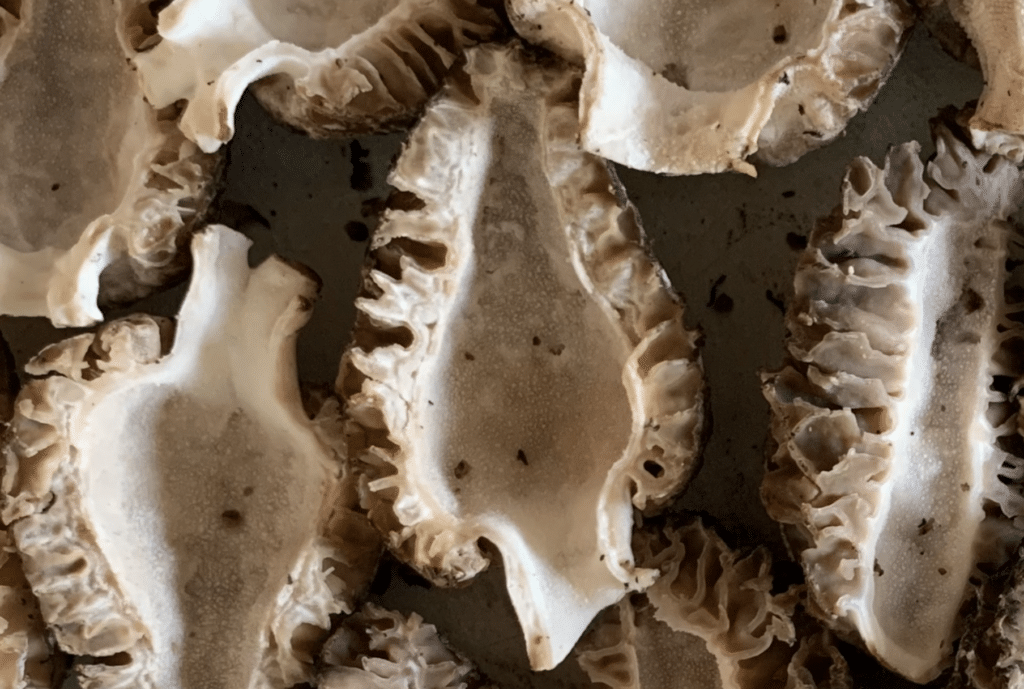
Not True Morels
Gyromitra esculenta
Gyromitra lacks the deep honeycomb texture of true morels, featuring smooth, brain-like folds.
Learn more about Gyromitra esculenta
Verpa
Verpa mushrooms have caps sitting atop the stem rather than being fused. The stem often contains a cottony pith that may dry out over time.
True Morels
The Naturals
Morchella brunnea
Grows with hardwoods, less brittle stem.
Morchella norvegiensis
Grows with conifers, brittle stem.
The Blondes
Rounded caps and lighter coloration.
- Morchella americana
Found with cottonwoods or ornamental hardwoods. - Morchella prava
Irregular pits, light ridges, grows in sandy soils near rivers.
Burn Morels
Burn morels typically appear 1–2 years after a forest fire.
Morchella tomentosa
Grey to black, fine hairs on ridges, thick stem walls.
Morchella eximia / exuberans / sextelata
Lighter when young, ridges darken with age.
Urban Morels
Some morels adapt to urban environments, often appearing in wood chips or near ornamental trees.
Morchella importuna
Classic wood-chip morel.
Morchella rufobrunnea
Saprotrophic, found in disturbed areas.
Safety Tips While Foraging
- Ensure your phone is fully charged and in low-power mode.
- Use GPS and navigation tools effectively.
- Notify someone of your location and expected return time.
- Avoid leaving your phone on the ground.
Additional Resources
Morel Seasonality on iNaturalist
PNW Morels & False Morels Toxicity Information

